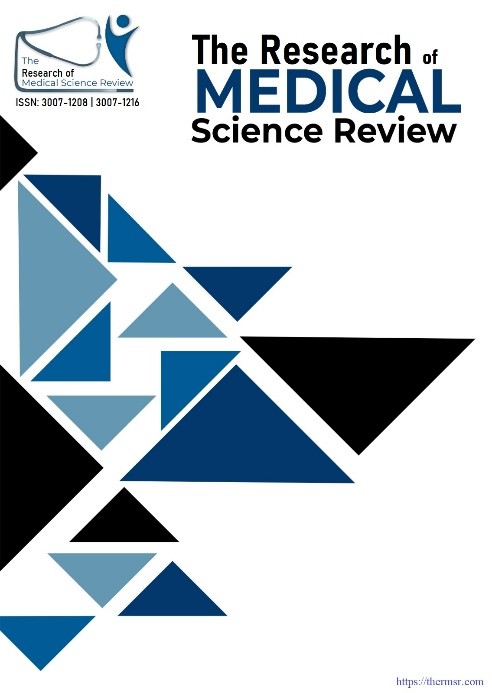PREVALENCE OF TENSION NECK SYNDROME AMONG FREQUENT COMPUTER USERS IN KARACHI
Main Article Content
Abstract
Background: Tension Neck Syndrome (TNS) is a widespread musculoskeletal disease related to prolonged computer use that causes neck and upper back pain. The condition is particularly prevalent among individuals who spend extended hours working at desks or using digital devices without taking adequate breaks or maintaining proper posture. The study aimed to determine the frequency of Tension Neck Syndrome (TNS) among regular computer users in Karachi, Pakistan, with a specific emphasis on students and professionals.
Objective: To Determine the Prevalence of Tension Neck Syndrome among Frequent Computer Users in Karachi.
Methods: A Cross-sectional study was done among 190 Computer users in
Karachi, including professionals and students aged 19 to 40 years. The Study Technique which was used in this study was Convenience Sampling to draw the results. A Structured Survey was used to collect information on demographics, work habits, and symptoms of Tension neck syndrome (TNS). The Outcome measurement tools utilized in the study included the Neck disability index (NDI), the Northwick Park Neck Pain Questionnaire (NPQ), and the Visual Analogue Scale (VAS). The sample size was calculated using OPENEPI with a 95% confidence interval and a 5% margin of error. The data were analyzed using SPSS version 26. The NDI, NPQ and VAS were distributed to collect data for analysis and result interpretation.
Result: Among 190 participants, NDI showed 51.1% had mild and 21.6% moderate disability, while NPQ indicated 58.4% had minimal and 33.7% mild disability. Lastly, VAS results revealed that 80.5% reported moderate pain. These findings underscore the high prevalence of neck pain and the need for ergonomic prevention.
Conclusion: A Recent study shows a high prevalence of TNS among young
computer users, with most reporting mild to moderate neck pain and disability.
Downloads
Article Details
Section

This work is licensed under a Creative Commons Attribution-NonCommercial-NoDerivatives 4.0 International License.
